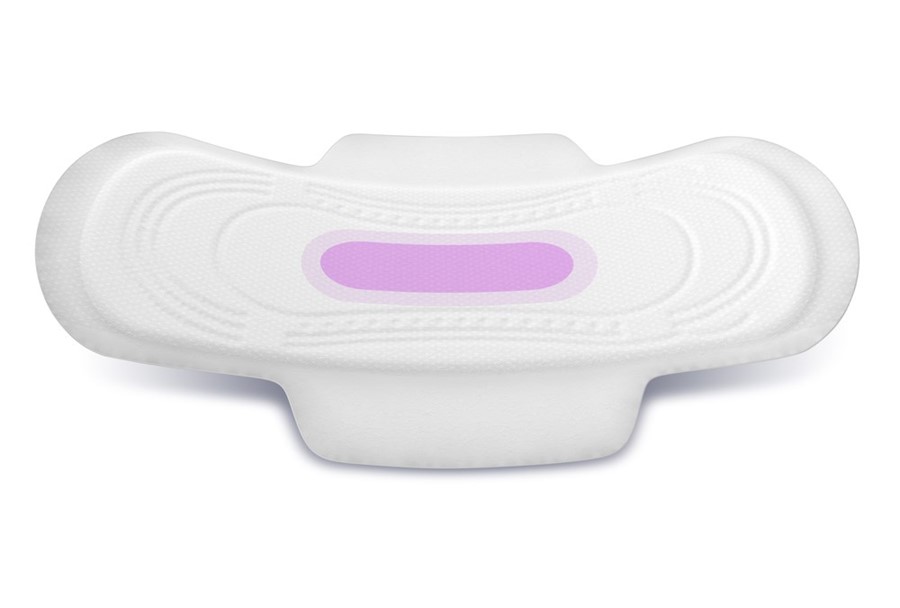 Sanitary Napkin Pad Testing as Per IS 5405 and ISO 10993
Sanitary Napkin Pad Testing as Per IS 5405 and ISO 10993
IIRT undertake the Sanitary napkins testing which are used by women when they menstruate. Though using Sanitary napkins does not reduce the pain that comes with menstruation but it surely, they reduce the inconveniences associated with vaginal discharge. Quintessential for women, sanitary napkins need to be of superlative quality, so that they don’t have to deal with leakages, embarrassment, and discomfort.
These sanitary napkins pad make absorption of the blood discharge without leaking for a specific number of hours. The sanitary pad is use based on use and through systematically. Being such a vital necessity product for women it become important to have a sanitary pad testing done.
Quality Standards for Sanitary Napkins Testing
To ensure good quality of sanitary napkins, quality insured specifications have been formulated by the Bureau of Indian Standards. IS 5405 has detailed descriptions of the norms and regulations that the sanitary napkin manufacturers must adhere to. Also, the government for the women welfare enforces the sanitary pad testing as per IS 5405 and ISO 10993 on the sanitary napkins manufacturers.
Parameters for quality of sanitary napkins testing
Sanitary napkin testing follows certain parameters. The sanitary napkin has an absorbent filler like cellulose pulp, cellulose wadding, tissues, and cotton. These filters are tested to ensure that they do not contain lumps, oil spots, dirt, and foreign
Contaminants.
The covering of the absorbent fillers is the material that allows the discharge to flow into it. It must be porous. Mostly materials like cotton, gauze and non-woven fabrics are used for making the coverings. For the sanitary napkin testing to be 100%authentic, it is important that sanitary napkins are clean and hygienic.
Test of size
The sanitary napkin varies in size. The sanitary napkins are available in 3-4 size. The size of the sanitary pad to be used varies from women to women. The women who are tall and broad require bigger napkins whereas petite women require smaller ones. Those who experience heavy flow require larger pads than others. So, there are 3 size variants for sanitary napkins, regular, large, and extra-large. For each size, there are specific dimensions like length, breadth, and width. For testing the pad sizes, a sample of 10 pads of one size are measured and their average is calculated. If the dimensions adhere to those prescribed under IS 5405 then the pads are deemed fit for use, otherwise, they are rejected.
Test of finishing
In sanitary pad testing it is also seen that the surface of the pad should feel soft and comfortable and should not cause any irritation to the skin. The adhesive used to assemble the pad should be used carefully to stick only at the correct points. The absorbent fillers should be placed at even distances to make the surface of the pad smooth.
Testing of absorbents
IIRT is conducting sanitary pad testing on absorbents by subjecting them to liquids. If they can soak adequately without leaking, they are accepted to be good.
Test of disposability
Sanitary napkins should be made by disposable materials. The sanitary pad test is also done on the material it is putted in the water and stirred to get disintegrated during the performing of the tests.
Test of pH value
The sanitary pad test needs to qualify pH value test. The pH value of Sanitary napkins should have neutral pH values.
Testing sanitary napkins on these parameters according to IS 5405 the biocompatibility test should be according to ISO 10993 to quality Cytotoxicity, Skin irritation and skin sensitization. We at IIRT ensures that we meet all the sanitary pad testing and gives the authentic and widely accepted report so that both sellers and consumers are happy.
Send EnquiryCopyright © 2023 toxicityindia.org. All rights reserved.